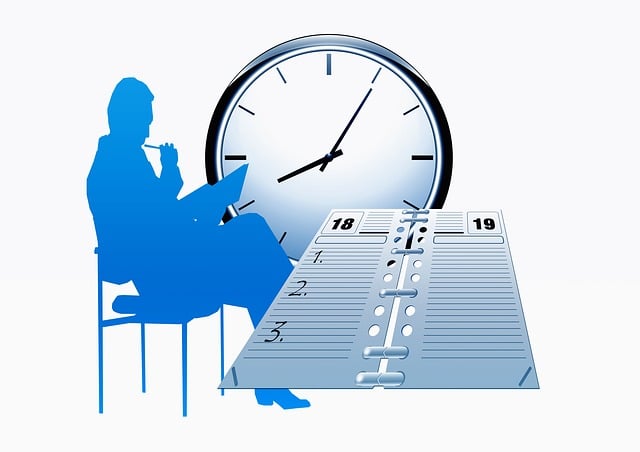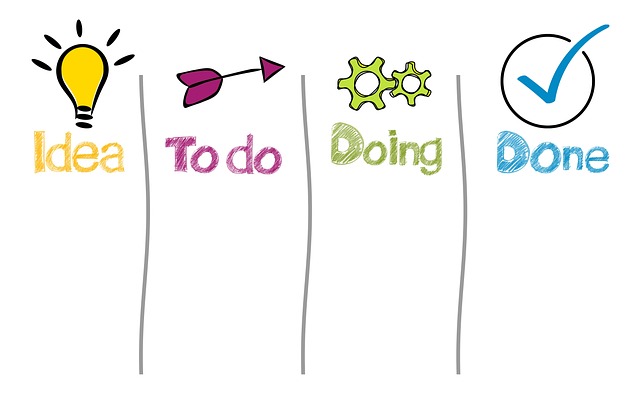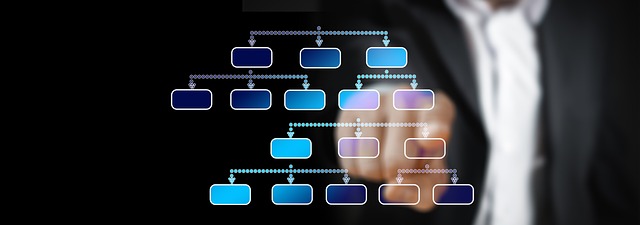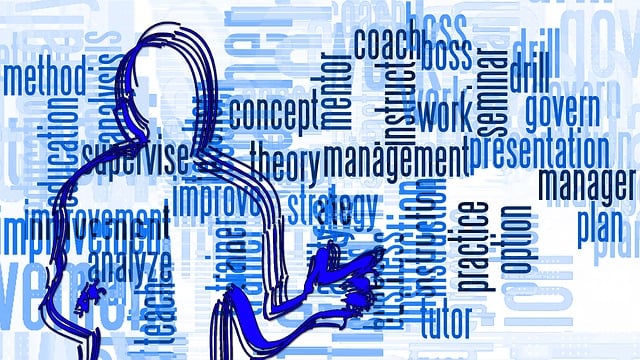5S training, rooted in lean management, is a powerful method to enhance workplace organization and efficiency. By following five steps – Sort, Set in Order, Shine (Clean), Standardize, Sustain – this system streamlines processes, reduces waste, promotes continuous improvement, and boosts employee morale. It leads to increased productivity, minimized errors, and consistent workflow execution through process standardization, ultimately fostering a culture of optimal workplace organization and performance.
In today’s fast-paced business landscape, maximizing workplace efficiency is paramount. This article explores a comprehensive system for enhancing productivity through proven methodologies. We begin with ‘Understanding the Foundation’: delving into the basics of 5S training, a cornerstone for organizing workspaces. Subsequently, we discuss integrating Lean Management techniques for streamlined workflow and unlocking efficiency through strategic workplace organization strategies. Furthermore, continuous improvement is emphasized via standardized processes, and successful implementation of process standardization is measured.
- Understanding the Foundation: 5S Training Basics
- Integrating Lean Management for Optimal Workflow
- Unlocking Efficiency: Workplace Organization Strategies
- Continuous Improvement with Standardized Processes
- Measuring Success: Implementing Process Standardization
Understanding the Foundation: 5S Training Basics

In the realm of workplace efficiency, understanding and implementing 5S training is a cornerstone of lean management. This proven system, rooted in Japanese manufacturing principles, transforms spaces into organized, streamlined environments that enhance productivity. 5S stands for Sort, Set in Order, Shine (Clean), Standardize, and Sustain, each step building upon the previous to create a culture of continuous improvement. By focusing on process standardization and workplace organization, teams can optimize workflows, reduce waste, and ultimately elevate overall efficiency.
The 5S training basics equip employees with the knowledge and skills to actively participate in this transformation. It starts with sorting through items, keeping only what’s essential for daily tasks, and discarding unnecessary clutter. Then, everything has a designated place, promoting set-in-order practices that ensure tools and materials are easily accessible. Regular cleaning and maintenance, represented by the “shine” step, maintain this organized environment while standardization across processes guarantees consistent efficiency gains over time. This continuous improvement mindset is what makes 5S so effective in fostering a leaner, more productive workplace.
Integrating Lean Management for Optimal Workflow

Integrating Lean Management for Optimal Workflow
In today’s dynamic business landscape, achieving workplace efficiency is paramount. One proven system that organizations are leveraging is Lean Management, which focuses on eliminating waste and streamlining processes. The cornerstone of this approach lies in the 5S training methodology—Sort, Set in Order, Shine, Standardize, and Sustain—a powerful tool for workplace organization. This systematic process encourages employees to participate actively in identifying and eliminating non-value-added activities, fostering a culture of continuous improvement.
By implementing 5S continuous improvement, organizations can achieve remarkable results, including enhanced process standardization and reduced cycle times. The structured approach ensures that every step of the workflow is meticulously planned and optimized, minimizing errors and maximizing productivity. As Lean Management gains traction, businesses are discovering that a well-organized workplace not only boosts efficiency but also improves employee morale and overall job satisfaction.
Unlocking Efficiency: Workplace Organization Strategies

Unlocking Efficiency: Workplace Organization Strategies
Implementing effective workplace organization strategies is key to enhancing productivity and fostering a streamlined work environment. One powerful approach is adopting 5S training, a methodology rooted in lean management principles. This system encourages employees to organize their workspace meticulously, eliminating clutter and waste. By standardizing processes through 5S continuous improvement, organizations can ensure every task is executed efficiently.
Process standardization plays a pivotal role in this strategy, allowing for consistent workflow and reducing errors. A well-organized workplace not only improves individual productivity but also promotes collaboration and communication among team members. It enables employees to quickly access necessary tools and resources, minimizing time wasted on searching. Embracing these organizational techniques paves the way for a more productive, engaged workforce.
Continuous Improvement with Standardized Processes

In today’s competitive business landscape, Continuous Improvement with Standardized Processes is a game-changer for any workplace efficiency system. Implementing lean management principles, such as 5S training, can transform chaotic environments into organized havens of productivity. This involves sorting, setting in order, shining (cleaning), standardizing, and sustaining—a proven methodology to optimize workflow and eliminate waste.
Workplace organization benefits significantly from process standardization, ensuring tasks are executed consistently and efficiently. By teaching employees 5S continuous improvement techniques, organizations can foster a culture of ongoing refinement, where every step is scrutinized for potential enhancement. This approach not only boosts morale but also leads to substantial gains in productivity and overall operational excellence.
Measuring Success: Implementing Process Standardization

Measuring success in a workplace efficiency system is integral to its long-term sustainability and growth. Implementing process standardization, often achieved through 5S training and lean management principles, forms a robust foundation for gauging improvement. This involves sorting, organizing, shining (cleaning), standardizing, and sustaining the workspace and processes, ensuring every element serves a clear purpose and is easily accessible.
The 5S continuous improvement methodology promotes workplace organization by streamlining workflows, minimizing waste, and maximizing productivity. By integrating these principles into daily operations, teams can identify inefficiencies, remove clutter, and establish consistent procedures, fostering an environment conducive to enhanced performance and collaboration.
Implementing a robust workplace efficiency system requires a multifaceted approach. By combining foundational 5S training with advanced lean management techniques, organizations can optimize workflow and unlock significant efficiency gains. Effective workplace organization strategies, coupled with continuous improvement through standardized processes, ensure sustained productivity. Measuring success through process standardization allows for data-driven adjustments, making it an indispensable tool for any forward-thinking business aiming to thrive in today’s competitive landscape.
